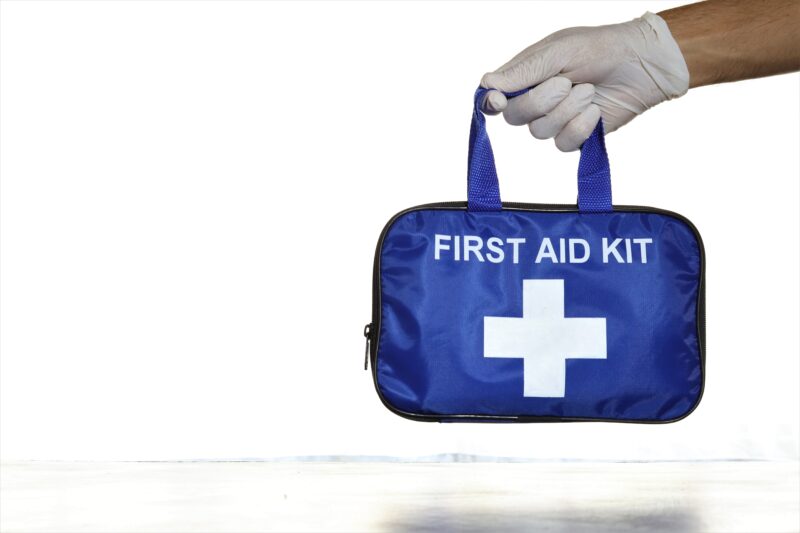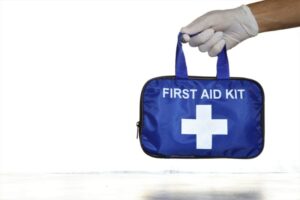On rêve de maîtriser les sports nautiques avec aisance et élégance ? On souhaite découvrir une technique révolutionnaire pour glisser sur l’eau en toute fluidité...
Lire la suiteEvadons-nous ensemble
Articles mises en avant
Maîtriser l’Art du Portrait avec les Crayons de Couleur
Colorier un portrait avec des crayons de couleur est une technique qui allie patience, précision et créativité. Cet art délicat permet de capter l’essence d’un...
Lire la suiteGreffe capillaire au-delà de l’esthétique : Des applications médicales inattendues
La greffe capillaire est souvent perçue comme une intervention axée sur l’amélioration de l’apparence physique, principalement utilisée pour lutter contre la calvitie et restaurer la...
Lire la suiteSécurité Planche à Voile : Astuces Essentielles
La sécurité en planche à voile est une préoccupation essentielle pour tout amateur de ce sport nautique passionnant. Que vous soyez un débutant enthousiaste ou...
Lire la suiteMaîtrise des Manoeuvres en Planche à Voile : Astuces Essentielles
La planche à voile, sport de glisse emblématique, offre une expérience unique au cœur de la nature. Découvrir les manœuvres en planche à voile est...
Lire la suiteSaisons Planche à Voile : Vents de Changement et Aventures Aquatiques
La saisons planche à voile sont une invitation irrésistible à s’aventurer dans les eaux dynamiques et à défier les éléments. Chaque saison apporte son lot...
Lire la suiteNaviguez avec Style : Planche à Voile Passion
La planche à voile, symbole d’aventure et de liberté, vous invite à explorer les horizons marins d’une manière unique. Si vous recherchez une expérience nautique...
Lire la suitePrévisions Météo Planche à Voile : Votre Guide Essentiel
La planche à voile, cette expérience exaltante qui vous emmène à la conquête des vagues et des vents, est grandement influencée par les prévisions météo....
Lire la suiteMaîtrisez l’Art d’Utiliser le Vent en Planche à Voile
Vous rêvez de ressentir la puissance du vent comme un véritable maître de la planche à voile? Explorez avec nous les secrets pour exploiter le...
Lire la suiteTechniques Avancées en Planche à Voile : Maîtrisez les Secrets du Vent
Préparez-vous à plonger dans l’univers palpitant des techniques avancées de planche à voile. Si vous êtes un passionné de glisse à la recherche de sensations...
Lire la suiteQui suis-je ?

Salut,
Je m’appelle Gary et je suis un passionné des sports de glisse, en particulier le surf. Les vagues sont ma source d’inspiration et l’océan est mon terrain de jeu. Rien ne me rend plus heureux que de rider sur une planche, me laisser porter par la puissance de l’eau et ressentir la liberté absolue. J’ai passé des années à perfectionner mes compétences et à explorer les meilleurs spots du monde. Quand je ne suis pas sur les vagues, vous me trouverez probablement en train de partager ma passion avec d’autres riders ou de planifier ma prochaine aventure. Le surf, c’est bien plus qu’un sport pour moi, c’est un mode de vie.
Gary
Tous les articles
L’attrait croissant de la planche à voile
Comme pour tout sport extrême ou sport en général, il y a tant de choses que l’on peut faire sur une planche de surf. Prenez...
Lire la suiteSécurité Planche à Voile : Astuces Essentielles
La sécurité en planche à voile est une préoccupation essentielle pour tout amateur de ce sport nautique passionnant. Que vous soyez un débutant enthousiaste ou...
Lire la suite5 activités pour les mordus d’adrénaline
Pour certains d’entre vous, rien ne vaut l’excitation pure et l’adrénaline qui monte en flèche lorsque vous repoussez vos limites. Si vous êtes un véritable...
Lire la suiteLa voile à St. Thomas
Lorsqu’ils choisissent un lieu d’escapade, de nombreuses personnes et les membres de leur famille sélectionnent une destination qui leur offre à la fois de l’excitation...
Lire la suiteHistoire de la Planche à Voile : Évolution Fascinante
La planche à voile, symbole d’aventure et de liberté, a une histoire fascinante qui remonte à des décennies. Entre les premiers pionniers intrépides qui ont...
Lire la suiteDes courses automobiles durant vos vacances pour toute la famille
Si vous avez un passe-temps, pourquoi ne pas l’intégrer à votre prochain voyage ? Si vous êtes un fan de courses automobiles ou si vous...
Lire la suiteComment bien choisir vos bottes de moto : Un guide complet
Le choix de l’équipement de moto est une étape cruciale pour tout motard, qu’il soit débutant ou expérimenté. Alors que le casque, la veste et...
Lire la suiteApprendre la planche à voile : Guide ultime pour les débutants
La planche à voile est bien plus qu’un simple sport nautique, c’est une aventure passionnante qui vous permet de vous connecter avec le vent et...
Lire la suiteMaîtrise des Manoeuvres en Planche à Voile : Astuces Essentielles
La planche à voile, sport de glisse emblématique, offre une expérience unique au cœur de la nature. Découvrir les manœuvres en planche à voile est...
Lire la suiteTechniques de Base en Planche à Voile : Conseils Essentiels
La planche à voile offre une expérience unique en symbiose avec la nature, mais avant de naviguer avec aisance, il est essentiel de maîtriser les...
Lire la suiteLe meilleur d’Hawaii, l’époustouflante Kauai
Si vous demandez à n’importe qui sur la planète quelle est sa destination de rêve, il y a de fortes chances qu’il vous réponde « Hawaii »....
Lire la suiteMaîtrisez l’Art d’Utiliser le Vent en Planche à Voile
Vous rêvez de ressentir la puissance du vent comme un véritable maître de la planche à voile? Explorez avec nous les secrets pour exploiter le...
Lire la suiteComment Choisir la Planche à Voile Parfaite : Guide SEO
La planche à voile offre une expérience unique de liberté et d’aventure sur l’eau, mais pour en profiter pleinement, il est essentiel de faire le...
Lire la suiteInfluenceurs en Planche à Voile : Les Maîtres des Vagues
La fusion passionnante entre les influenceurs et la planche à voile crée une toile vivante d’aventures, de performances incroyables et d’inspirations inépuisables. Dans cet article,...
Lire la suiteOutils de kitesurf : Ce qu’il vous faut vraiment !
Le kitesurf est l’un des derniers nés des activités sportives extrêmes. Il s’agit d’un sport où le kitesurfeur utilise la puissance du vent pour ajuster...
Lire la suite































